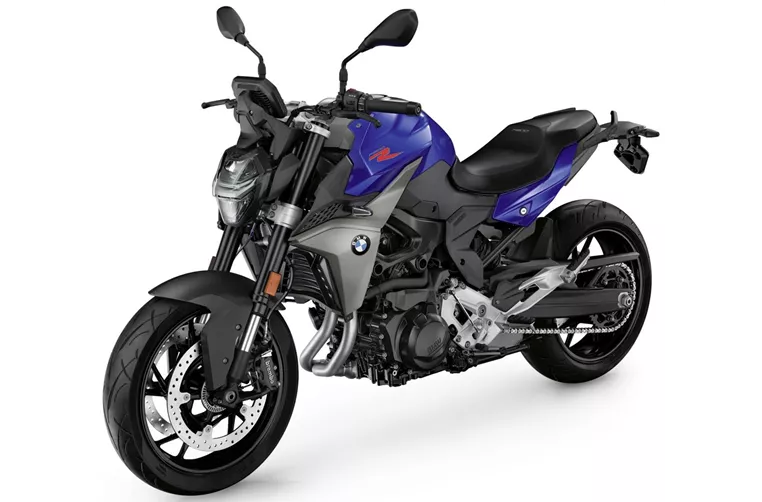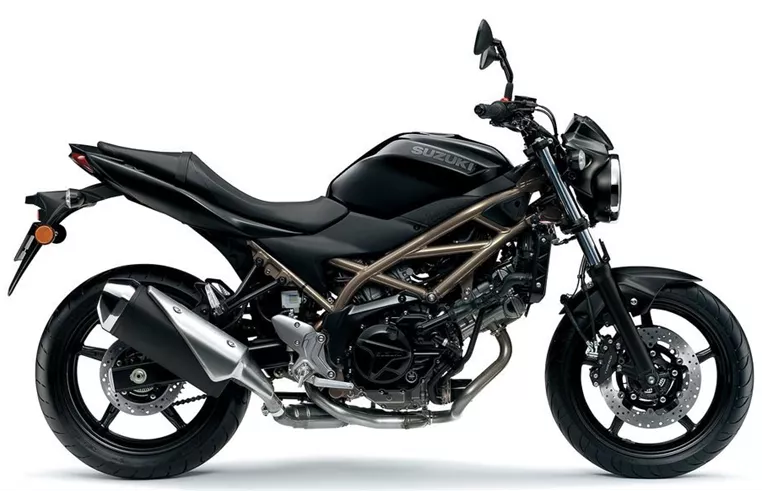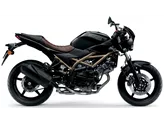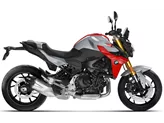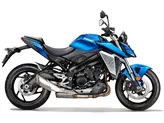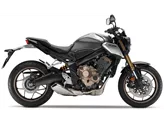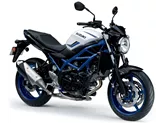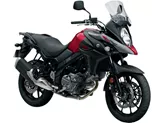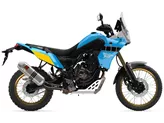BMW F 900 R 2020 vs. Suzuki SV 650 2021
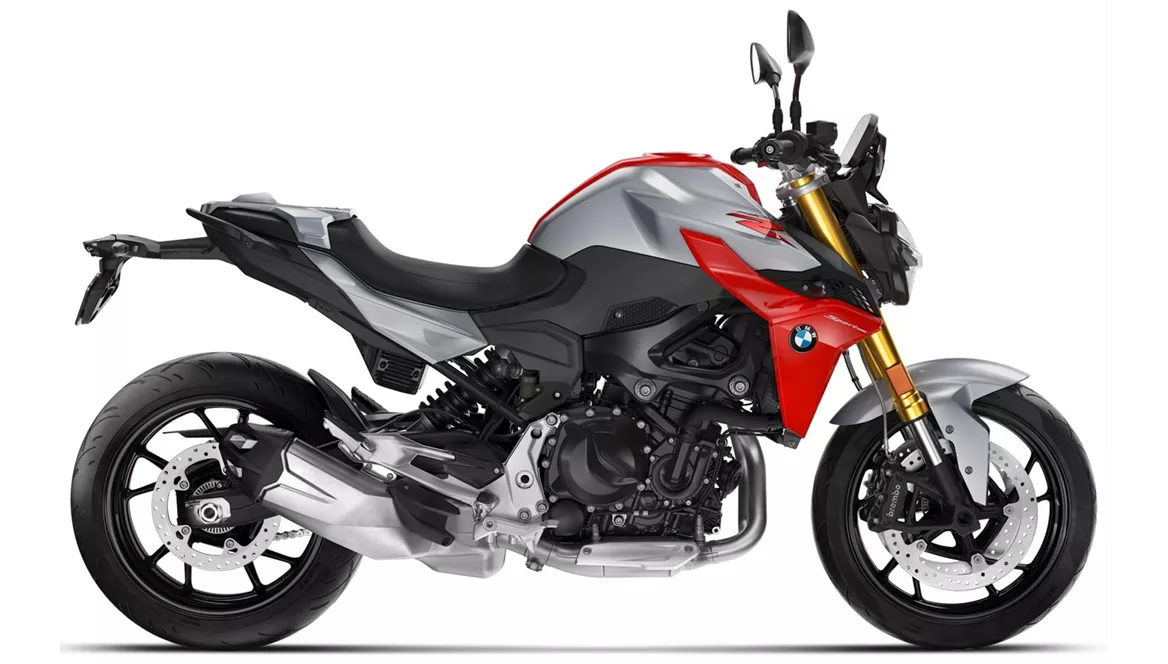
BMW F 900 R 2020
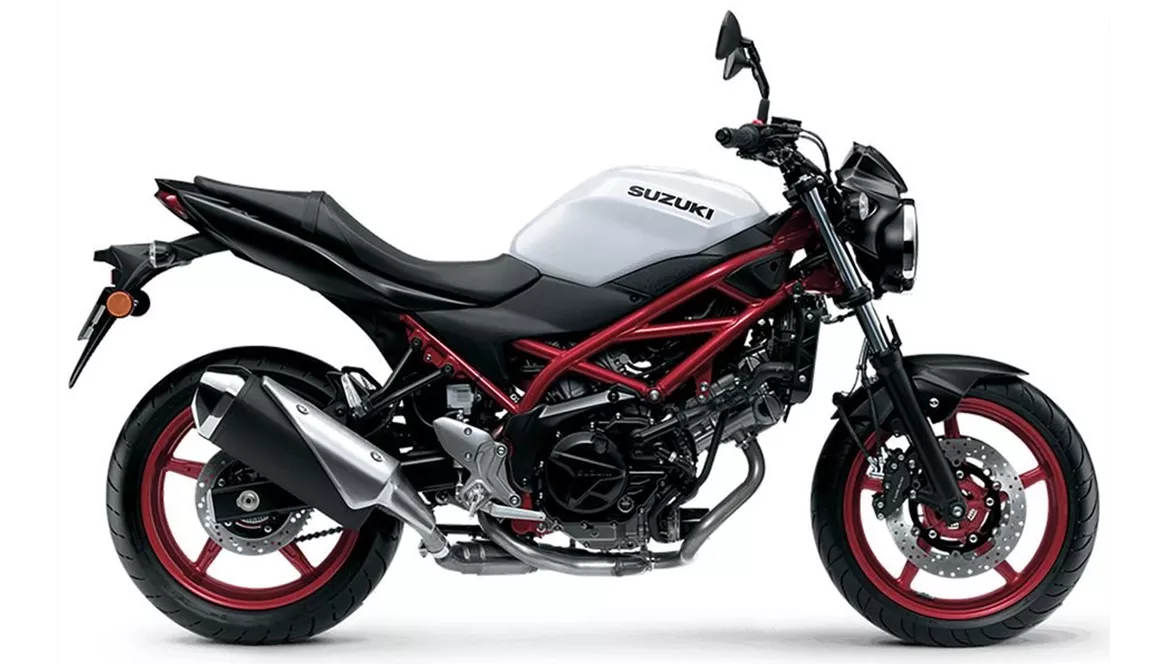
Suzuki SV 650 2021
Vue d’ensemble - BMW F 900 R 2020 vs Suzuki SV 650 2021
The BMW F 900 R 2020 and the Suzuki SV 650 2021 are both naked bikes that offer unique features and characteristics. Let's compare these two models in terms of their technical specifications and strengths and weaknesses.
Starting with the technical specifications, the BMW F 900 R 2020 is equipped with an in-line engine that delivers 105 horsepower and 92 Nm of torque. It has a fuel injection system, a liquid cooling system, and a displacement of 895 ccm. The front suspension consists of an upside-down telescopic fork, while the rear suspension features a swing arm with a monoshock and adjustable preload and rebound. The bike has a steel frame, double disk brakes with a diameter of 320 mm and four pistons in the front, and advanced rider assistance systems such as ABS, anti-slipping control, and riding modes. It has a front tire width of 120 mm and a diameter of 17 inches, while the rear tire width is 180 mm and the diameter is 17 inches. The wheelbase is 1518 mm, and the seat height is 815 mm. The bike weighs 211 kg (with ABS) and has a fuel tank capacity of 13 liters.
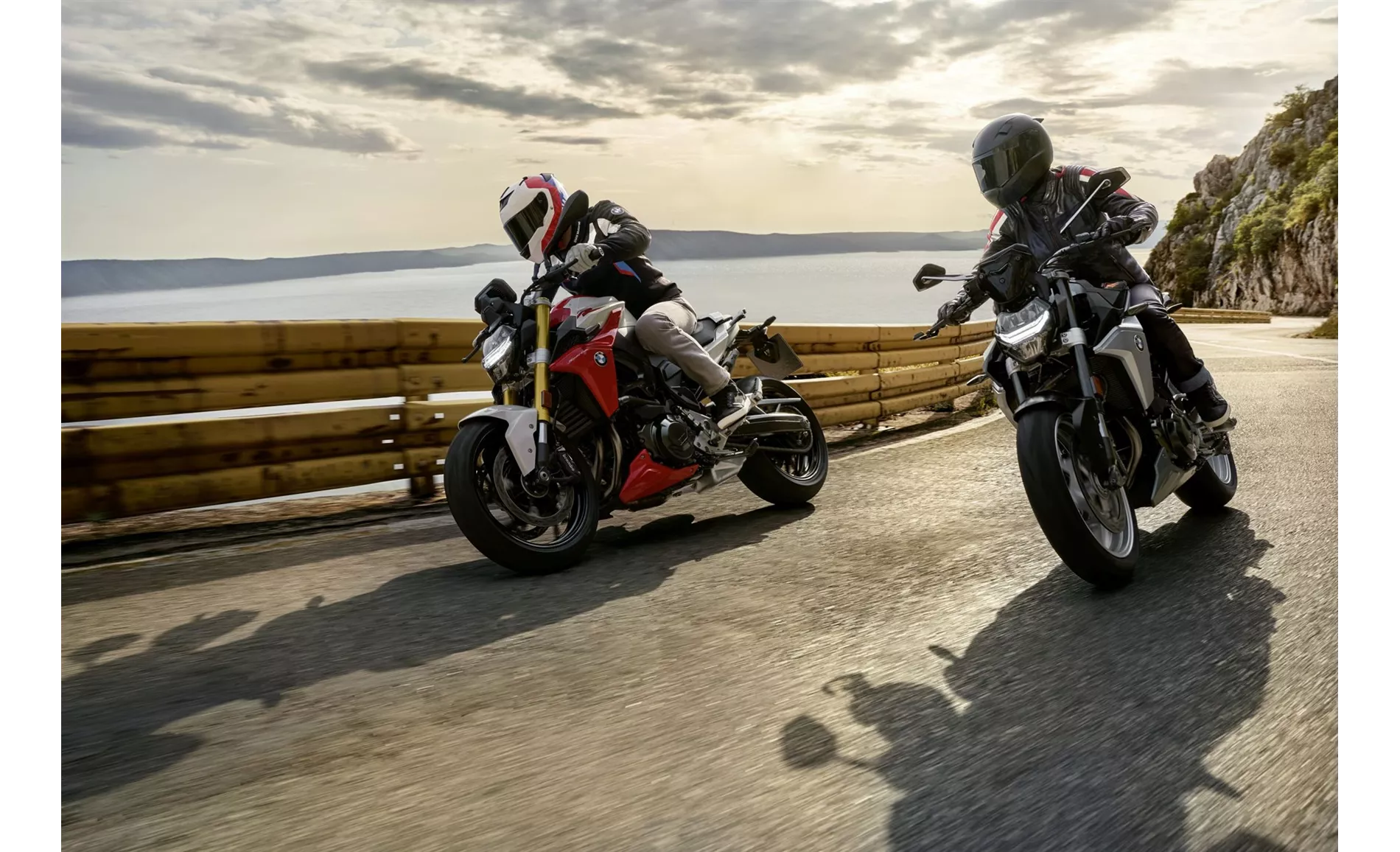
BMW F 900 R 2020
On the other hand, the Suzuki SV 650 2021 is equipped with a V-type engine that delivers 73 horsepower and 64 Nm of torque. It also has a fuel injection system, a liquid cooling system, and a displacement of 645 ccm. The front suspension consists of a telescopic fork, while the rear suspension features a swing arm with a monoshock and adjustable preload. The bike has a steel frame with a tubular design, double disk brakes with a diameter of 290 mm and four pistons in the front, and ABS as the only advanced rider assistance system. It has a front tire width of 120 mm and a diameter of 17 inches, while the rear tire width is 160 mm and the diameter is 17 inches. The wheelbase is 1445 mm, and the seat height is 785 mm. The bike weighs 200 kg (with ABS) and has a fuel tank capacity of 14.5 liters.
Now let's discuss the strengths and weaknesses of each model. The BMW F 900 R 2020 is known for its easy handling and high stability. It has a chassis with fine response, making it a pleasure to ride. The engine is well-behaved, and the brakes are reliable. The bike offers an active yet bearable seating position, and it has an infinitely long list of accessories, allowing riders to customize it according to their preferences. However, a weakness of the BMW F 900 R 2020 is its small fuel tank capacity of only 13 liters.
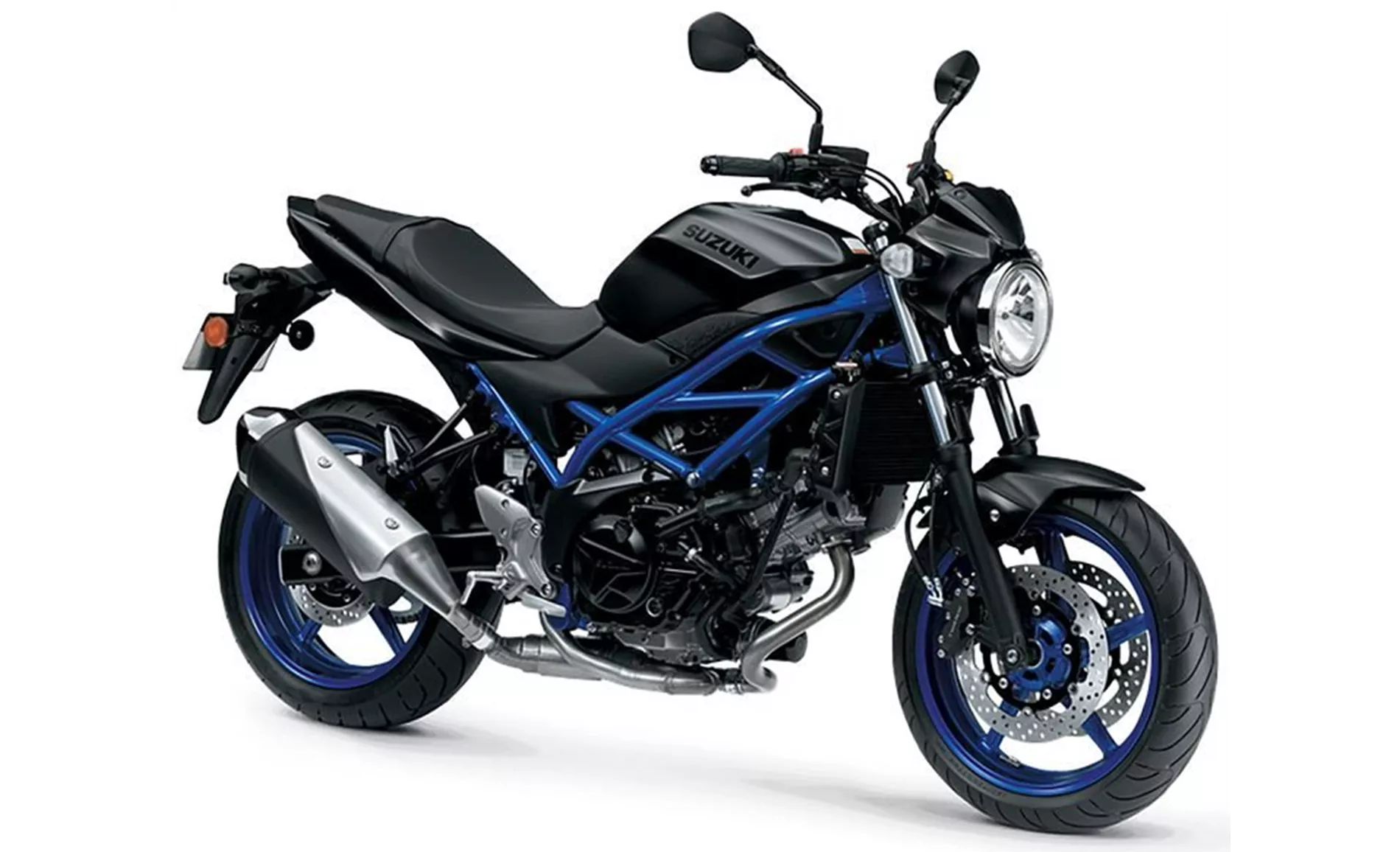
Suzuki SV 650 2021
On the other hand, the Suzuki SV 650 2021 has a confident V2 powerplant with character. It offers a stable chassis and a comfortable seating position, making it suitable for long rides. The bike has easy handling and a timeless look that appeals to riders who appreciate classic designs. However, the Suzuki SV 650 2021 has a few weaknesses. The brake requires manual force, lacking the ease of use found in some other models. Additionally, it lacks electronic features apart from ABS, and the instruments are moderately readable.
In conclusion, both the BMW F 900 R 2020 and the Suzuki SV 650 2021 have their own strengths and weaknesses. The BMW F 900 R 2020 excels in terms of handling, stability, and its well-behaved engine, while the Suzuki SV 650 2021 offers a confident powerplant, a stable chassis, and a comfortable seating position. Riders should consider their priorities and preferences to choose the bike that best suits their needs.
Caractéristiques techniques BMW F 900 R 2020 par rapport à Suzuki SV 650 2021
Avantages et inconvénients en comparaison
Avantages et inconvénients en comparaison
BMW F 900 R 2020
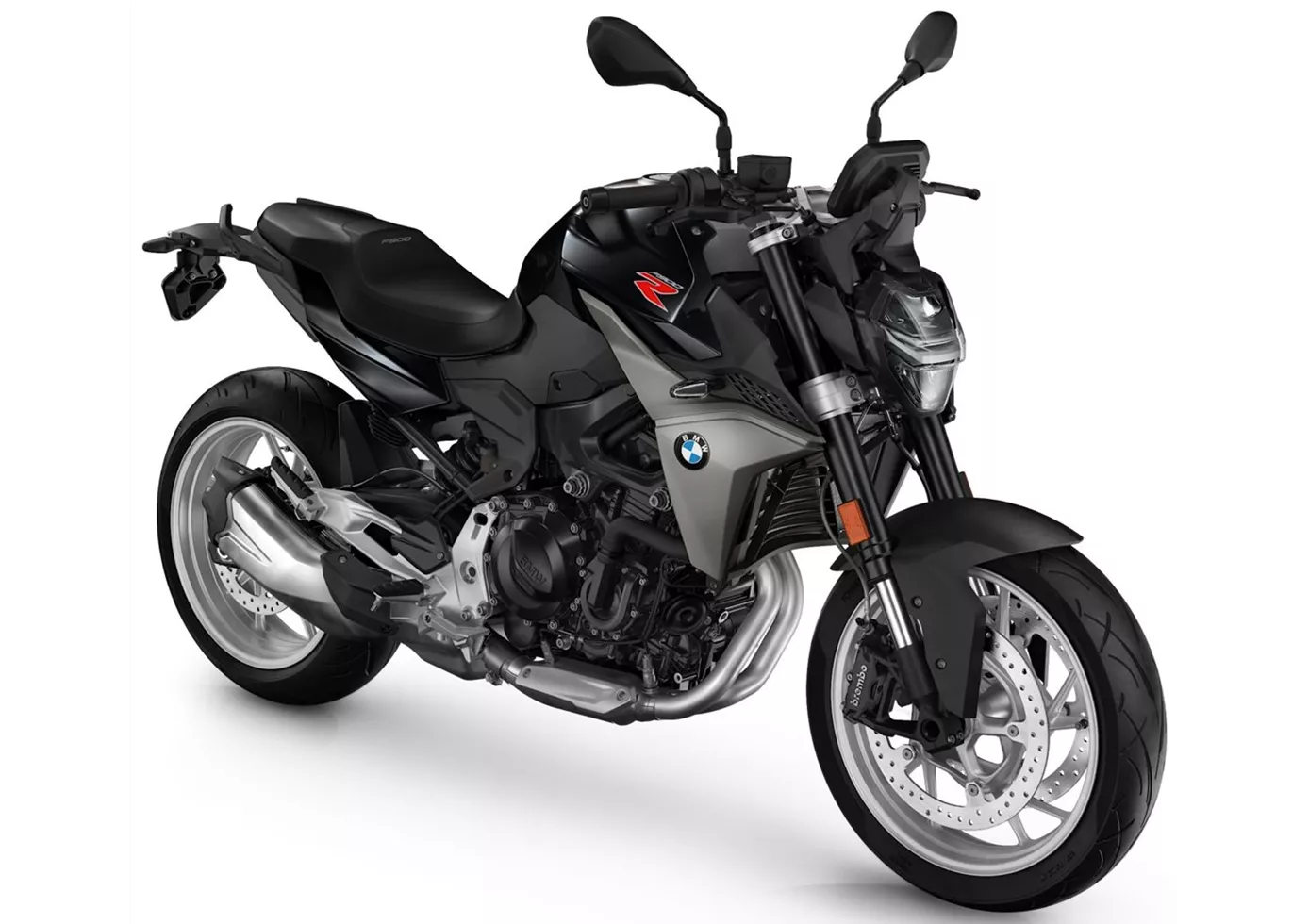
La BMW F 900 R offre un plaisir facile à prendre en virage, une énorme stabilité, une position de conduite active mais confortable et un moteur sans friction mais aussi sans émotion. Si vous aimez la vitesse et les virages, vous serez heureux avec elle. Les possibilités de configuration sont infinies mais ne sont pas gratuites.
Suzuki SV 650 2021
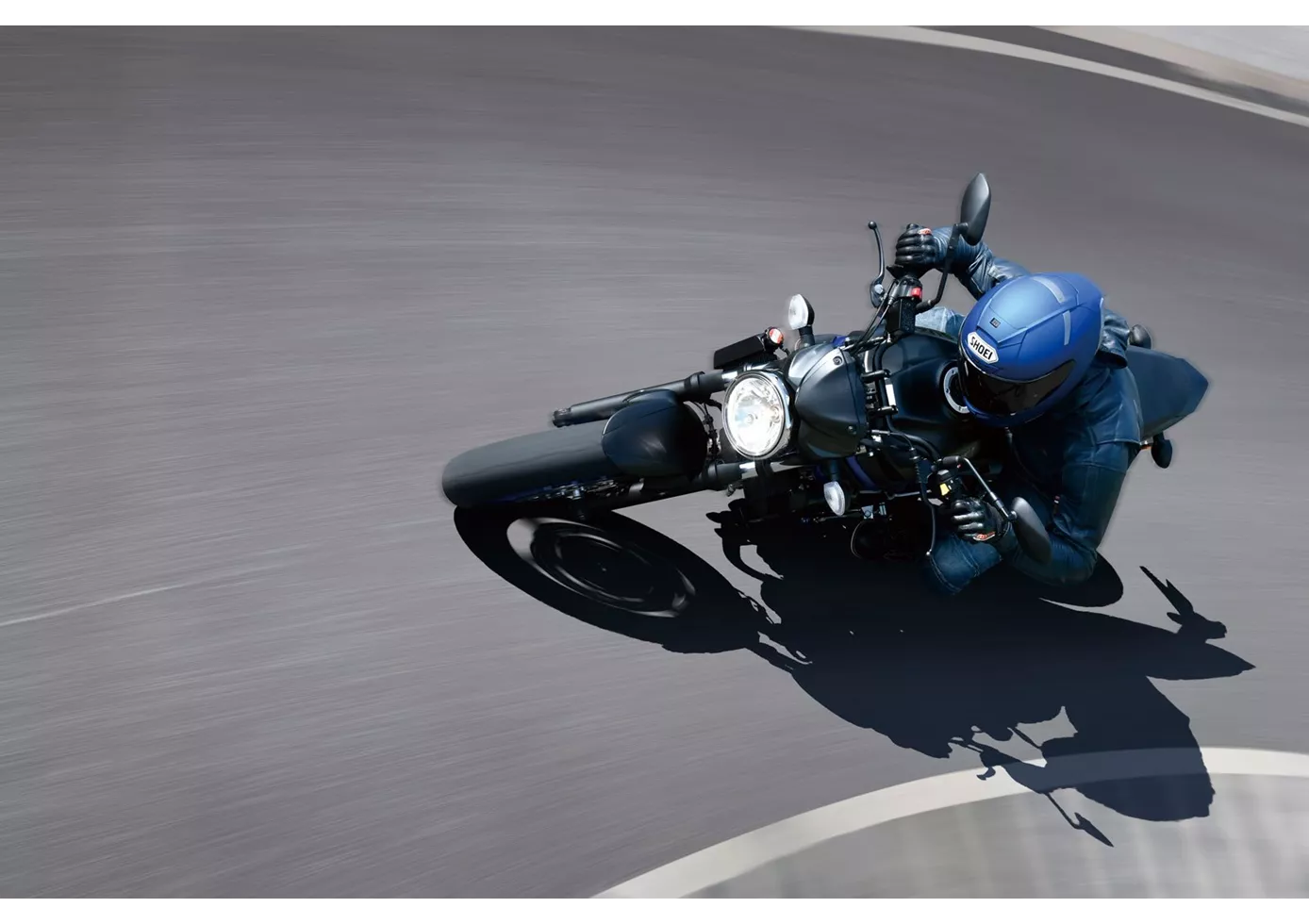
La Suzuki SV 650 n'a pas beaucoup évolué depuis cinq ans par rapport à son prédécesseur. Le moteur a été mis à jour selon la norme Euro5 et se présente désormais de manière encore plus adulte, ce qui lui permet de s'intégrer parfaitement au reste du package. La SV 650 ne veut effrayer personne, surtout pas les débutants. Le châssis donne une impression de solidité et de sérénité, le frein demande une bonne force manuelle pour éviter un surfreinage inattendu. L'optique est d'une part intemporelle, mais d'autre part vraiment un peu dépassée sur certains composants. En revanche, le prix est correct, comme d'habitude chez Suzuki.
Comparaison des prix Prix moyen du marché BMW F 900 R vs Suzuki SV 650
There are a few key differences between a BMW F 900 R 2020 and a Suzuki SV 650 2021. In terms of price, the actual average price of a BMW F 900 R 2020 is about 63% higher. A BMW F 900 R 2020 experiences a loss of 700 USD in one year and 700 USD in two years of ownership. This is offset by a loss of 130 USD and 520 USD for a Suzuki SV 650 2021. Compared to Suzuki SV 650 2021 there are more BMW F 900 R 2020 bikes available on the 1000PS.de Marketplace, specifically 14 compared to 13. It takes less time to sell a BMW F 900 R with 82 days compared to 111 days for a Suzuki SV 650. Since model year 2020 1000PS.de editors have written 24 reviews for the BMW F 900 R and 25 reviews for the Suzuki SV 650 since model year 2005. The first review for the BMW F 900 R was published on 11/5/2019 and now has more than 154,700 views. This compares to more than 14,200 views for the first review on Suzuki SV 650 published on 9/26/2008.
